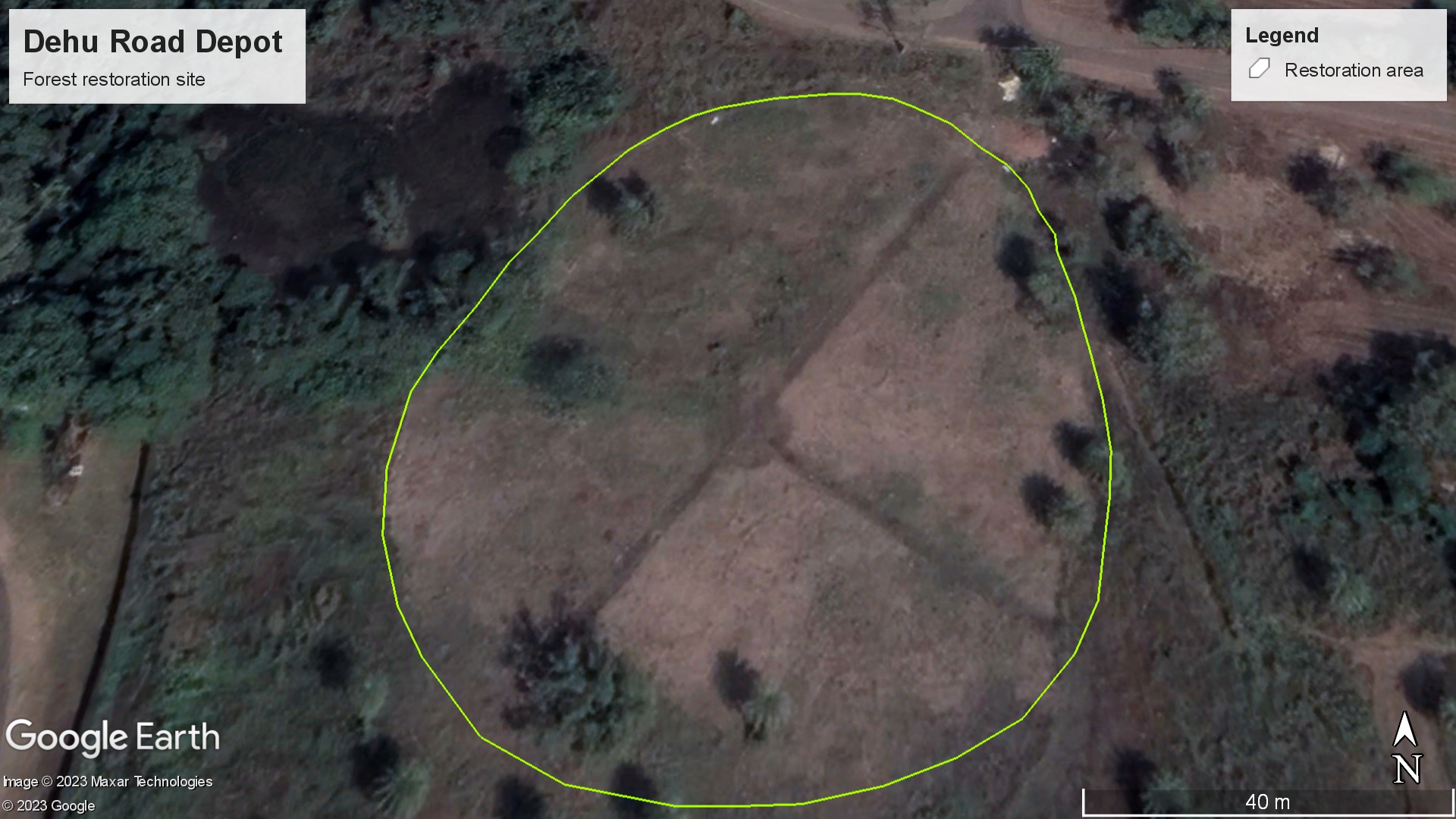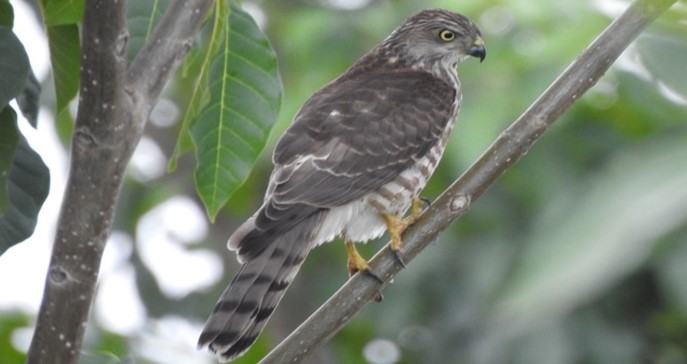
Project Brief
Indian Army, FORREST and Kirloskar Brothers Limited collaborated for a unique forest and biodiversity restoration in the Indian Army lands. The first phase of this forest restoration was carried out in 2022. Forest areas were restored with 12000 ecologically suitable native forest trees in the first phase of the project. Approximately 3 acres of area was restored in the project.
Two parcels of lands were selected for restoration which were barren but with few trees and shrubs. Forest restoration was carried out with the Miyawaki forest restoration technique.
For restoration 150 species of native, ecologically suitable trees and shrubs were selected.
Project Vision
Ecological restoration to restore the biodiversity and ecosystem services such as climate regulation, nutrient cycling, soil building, water regulation & purification, pollination, and carbon sequestration.

Selection of Trees Species
Selection of the trees is critical in restoration. Native, local, forest species were selected for forest restoration. Native forest trees are strong and are adapted to natural conditions. The direct benefits of forest trees on the land are forest products such as fruits and other food products, fodder, medicinal products, shade, and increased moisture in the area. Indirect benefit includes environmental and ecological benefits such as-
All these native trees have been carefully selected with properties of-
Features of Restored Forest species-
Restoration Process







Biodiversity Observations





connect@forrest-india.org
Copyright © 2022 forrest-ecology